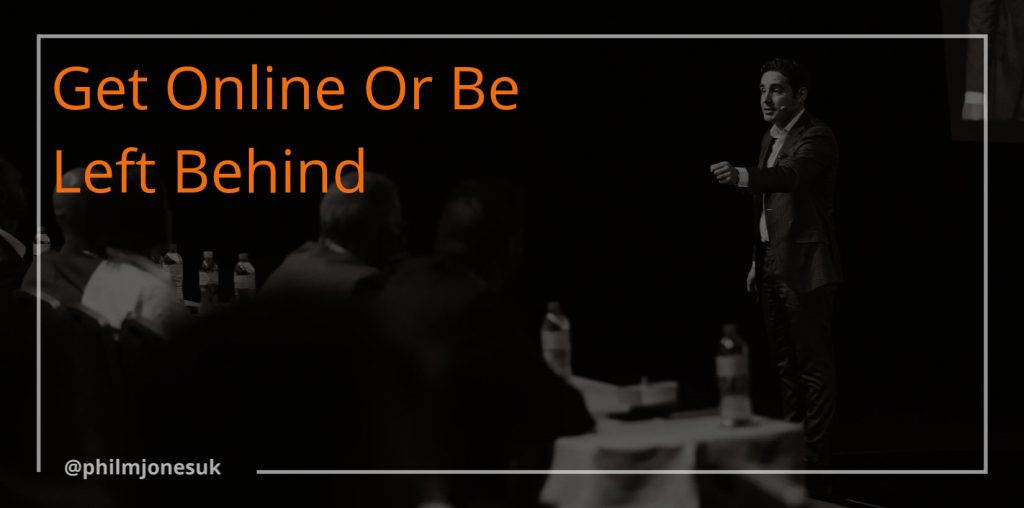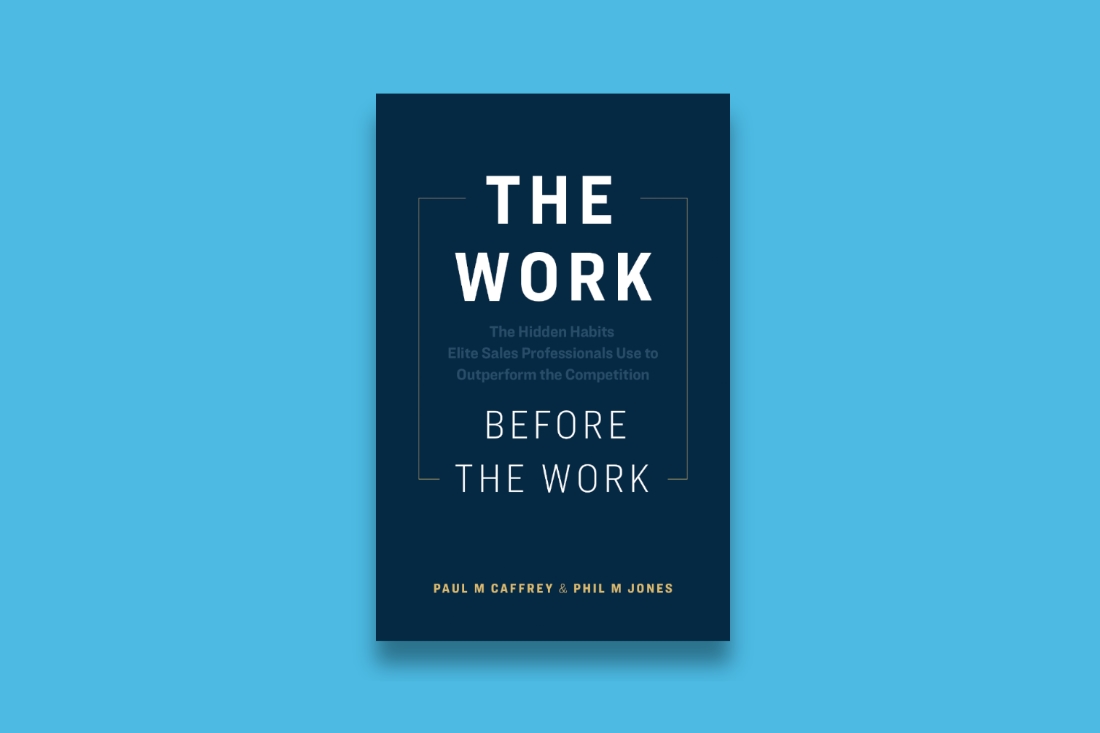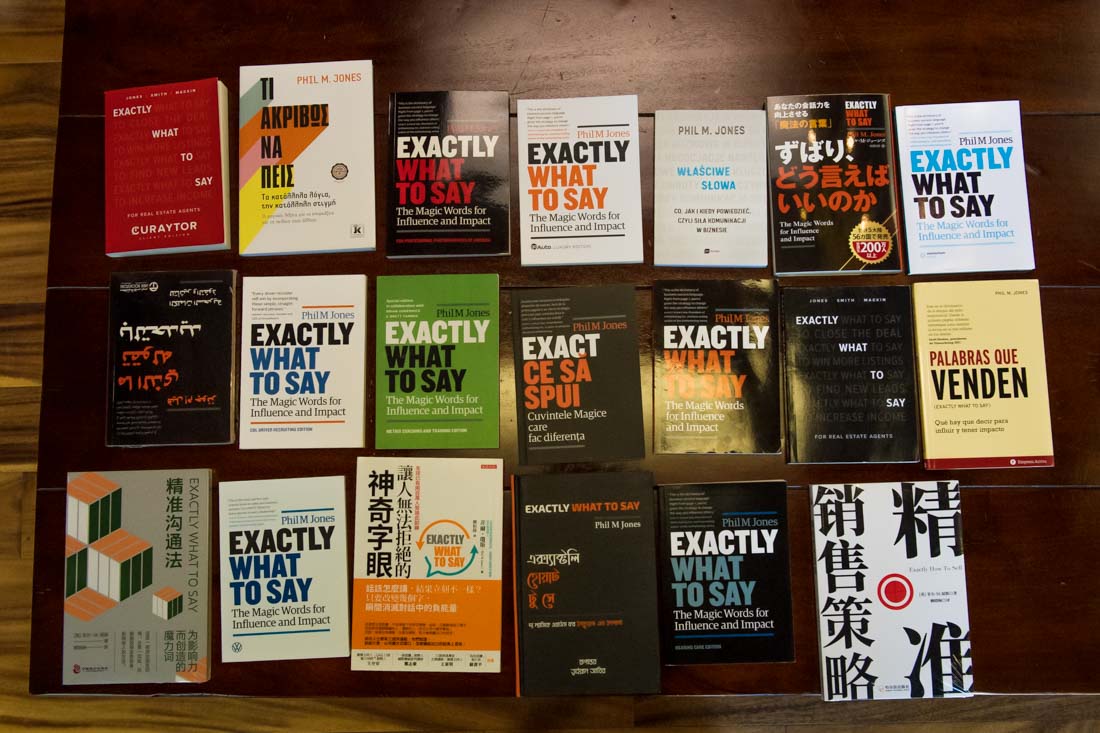With technology moving forward at such a fast pace and yesterday’s innovations rapidly becoming obsolete, staying at the head of the game means embracing change and moving with it.
The biggest change in the way we communicate globally has been the revelation of social media. Now that we can communicate across the planet with such ease, our marketplaces have gotten significantly larger, and our networks are now much easier to reach.
For those unaware of what the term “social media” means, it is the collective term for media platforms such as Facebook, LinkedIn, Twitter and YouTube that are changing the way that we now communicate. This shift in communications sounds drastic, and many of us are fearful of change – particularly when technology is involved. However, this is nothing new; this is just modern-day word-of-mouth, and as a tool for building business, it’s like stepping back in time. This is about building relationships with your customers and community, as well as understanding what others are saying about you, to build your brand and grow your business.
In this article, I want to give you the basics in a simple process that anyone can follow, get you off to a great start with social media and ensure that it can begin to help you and your business. I’ve used social media successfully for both my own business and for clients, and I am happy to share those lessons with you.
First Impressions Count!
Just like in the real world, you never get a second chance to make a first impression when it comes to social media. Before you open for business, I would seriously recommend that you take the time to complete your profiles fully.
On LinkedIn, this means completing all fields from start to finish. It serves as your online CV, and if you were looking for a new job, you would certainly make sure that your CV shared the right message and was complete. On Twitter, you only have a few characters to make an impression, so ensure that your bio delivers a strong message that intrigues people to find out more.
On all platforms, your page’s visual appearance is also critical. You can use certain areas to apply your brand identity and convey your business message. This can be done simply and easily by speaking with your designers to create properly sized artwork. Consider the message your photography sends. These are social platforms, so images should be warm, friendly and not too corporate, and should always include the image of a person and not just a company logo.
Build an Audience
Once you’re all set up, most people start to worry about their outbound content. Your content and posts are important, but only when people are listening. Social media is particularly useful as a communication tool to the people who already know you, so I would start there. If you’re using it for business, then my first action would be to connect with as many of your existing customers and contacts as possible. You can do this by uploading your contacts as a database and sending out an invitation. Additionally, you should look to use all your current communication tools to let people know that you’re now active on social media. This means adding social media icons to your email signature and stationery, informing all your customers when you write to them, making it a news story on your website and adding leaflets or posters within your customers’ line of vision to attract them to your profiles. Actually getting them to your profiles is harder than just asking, though, so running a competition or a great offer to reward them for visiting your profiles and connecting with you will drastically improve your chances. Remember that investing in this audience is critical in achieving social media success; without an audience, your great work could be wasted.
Be Interesting
When it comes to content, the key is to remember that these are social platforms. Very few people are enjoying social media because they want to be sold to. To be interesting, you need to vary your communication and express yourself like a human being. If your message becomes
monotonous, you become boring and people stop listening, so keep your outbound content varied. For me, this means posting in three areas:
- First, comment on or share useful information relating to your wider industry as a whole.
- Second, present your products and services, but only with customer-focused offers relating to the action that precedes the sale and not the sale itself. For example, if you were a car retailer, you would want to provide an offer to get people to visit the showroom and not to buy the car.
- Third, be human. To succeed on social networks, you must be prepared to share some personal information. Life stories and family events, as well as successes and failures, are great ways to start a dialogue.
Remember that the aim of posting content is to start a conversation or encourage debate. Starting a conversation with your contacts opens you up to their contacts and then your network grows!
















